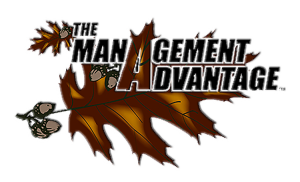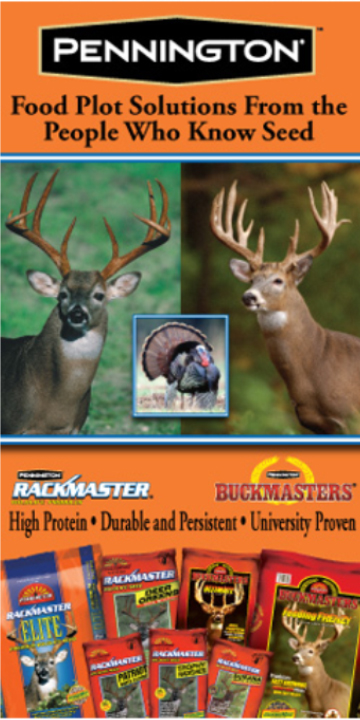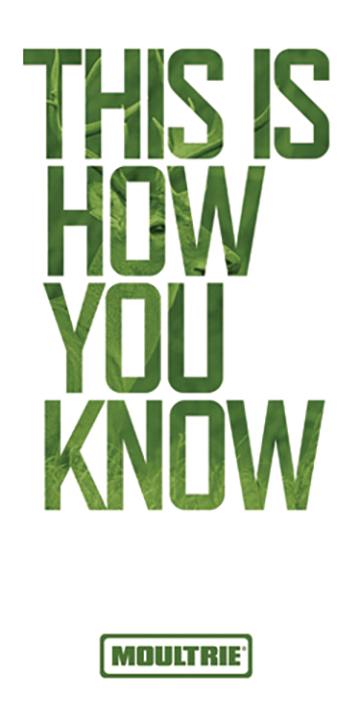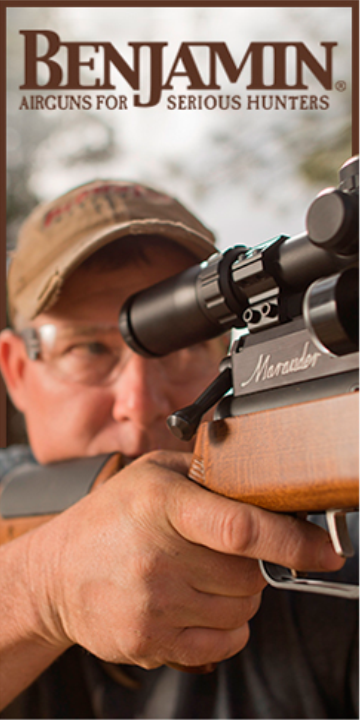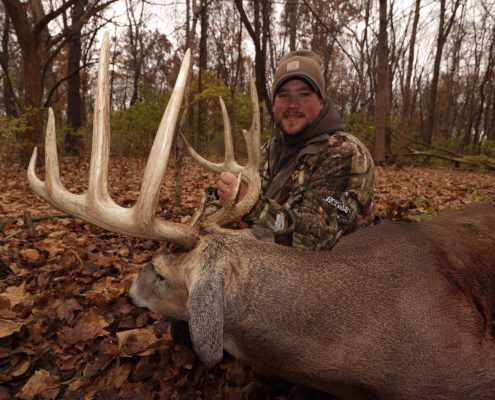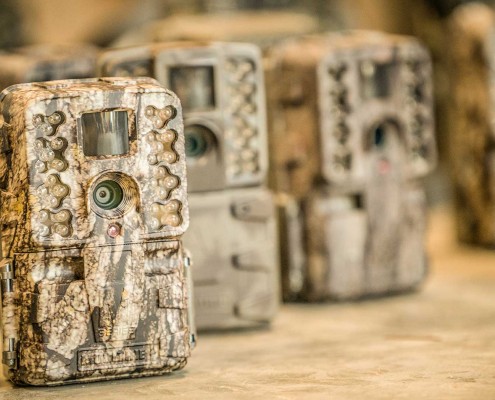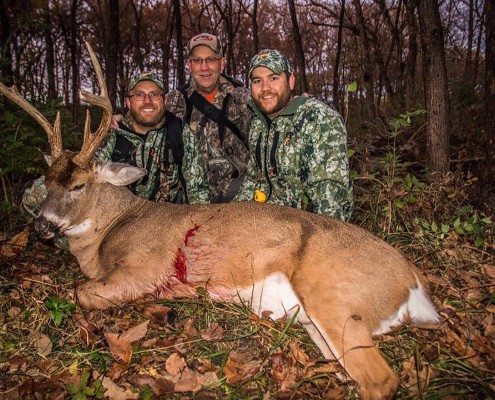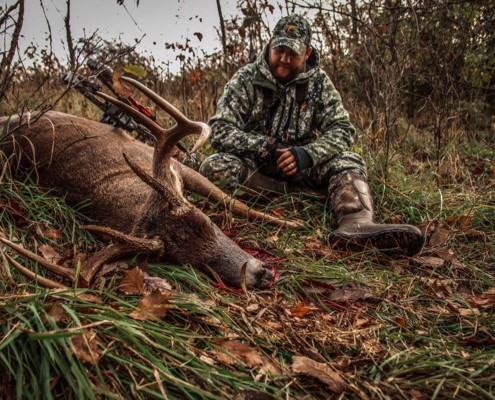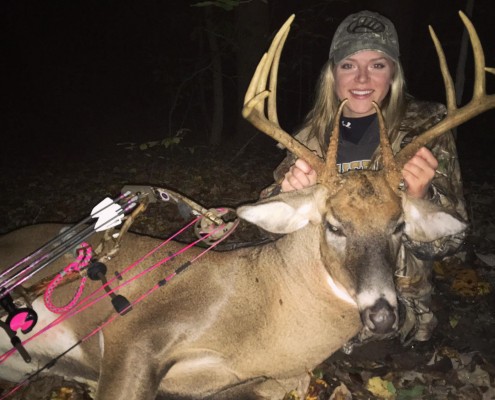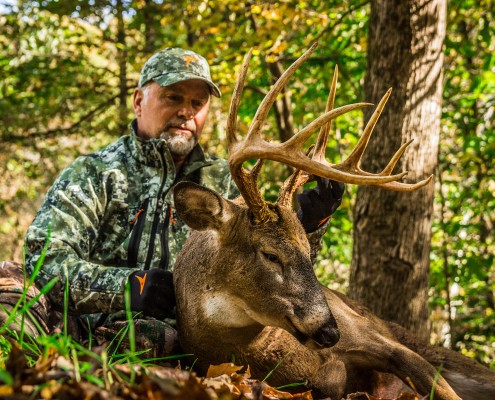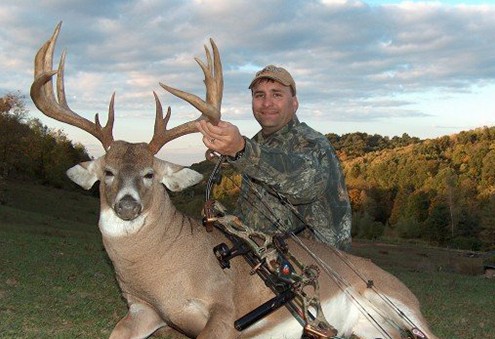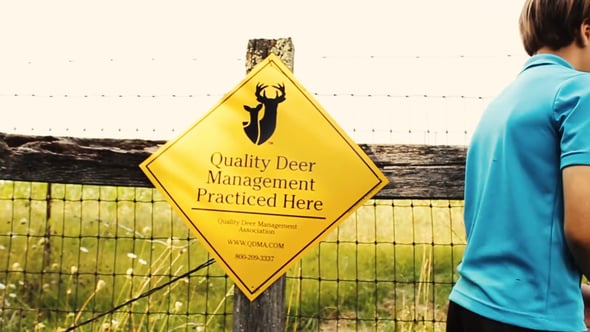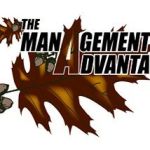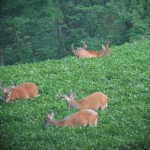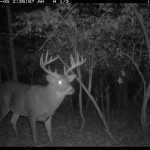Chuck Sykes – The Management Advantage Consulting
Over the years, research has provided us sound management criteria to assist land and wildlife managers in improving the deer herds around the nation. I think TMA followers, under most circumstances, we have a pretty good idea of what we should do when it comes to buck harvest. Managers can look at body and antler characteristics when it comes to making harvest recommendations. Even with this basic knowledge, it is still difficult to make decisions on buck harvest. So, how do you do it on antlerless deer?
As a wildlife biologist and consultant, I discuss antlerless harvest goals for deer management every day working with clients. Writing this article should be a piece of cake. Then, I started working on it and quickly found out that antlerless management is so site specific that it is extremely difficult to put into words what we do on a daily basis.
There are many basic factors that a wildlife manager needs to look at when determining which doe to remove from the herd. First, let’s take a look at the property’s carrying capacity. If you are managing a property that contains a deer herd so 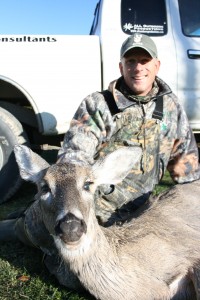 large that it impacting the landscape, it doesn’t really matter which doe to remove. The main objective is to remove mouths from the property. There is only so much food to go around. So in this situation, just take out any antlerless deer to lower the deer numbers.
large that it impacting the landscape, it doesn’t really matter which doe to remove. The main objective is to remove mouths from the property. There is only so much food to go around. So in this situation, just take out any antlerless deer to lower the deer numbers.
If the deer herd on a property is too low and as a manager you are trying to increase the deer numbers, then you need to look at other factors. If I am trying to increase deer numbers and I still feel like I need to remove a few deer, I am going to select younger age does. The way I figure, my 2 ½ and older does are going to give me twins every year since the herd is below carrying capacity and I have plenty of food. In this case, I prefer shooting doe fawns or 1 ½ old does. They are extremely tasty and I am not negatively impacting my deer numbers.
Let’s look at a property that has been managed properly for several years. The deer herd is well within carrying capacity and we have plenty of food to go around. The management goals are to improve the quality of the deer on the property. In this case, I am going to select my older age does. If I have been doing my job as manager, we have been selecting for better bucks. Therefore, if we are breeding better bucks with our older age does, their fawns should be superior to the parents. With this strategy, we are keeping our numbers at a manageable level and improving the quality at the same time.
Now that we have a few basic criteria to make our management decisions, let’s take a look at a couple of situations and decide what antlerless deer we should remove.
First scenario, we are in the Mid-West and it is mid October. The property we are hunting has been managed properly. The deer numbers are well within carrying capacity, food is overly abundant, and the rut that takes place in early November. Therefore, the does are nursing fawns that were born in May and June. While bow hunting one morning and a mature doe with twin fawns comes by. Which one should I shoot?
As the hunt is unfolding, I am running through this question in my mind. But, taking into account the factors I have discussed in this article and the goals of the landowner, the mature doe fell victim to an F 15 broad head.
Second scenario, we are in Alabama bow hunting on opening day, October 15th. The property has been well managed for years just like the Mid West property. Same as above, deer numbers are below carrying capacity and food is abundant. One big difference, the rut takes place in mid to late January so the fawns are being born in August.
Opening afternoon we are sitting on a food plot and four deer enter the plot. The first is a mature doe followed closely by her two fawns and her last year’s doe fawn. What do I need to do? Since the mature doe is nursing two fawns that are less than three months old, I don’t want to shoot her and orphan those fawns too early. In AL, we cannot shoot a spotted fawn so, that the little doe fawn out of the equation. What is left? In my opinion, the perfect doe to harvest here in AL early season is the 1 ½ old doe that is still traveling with her mother and her two younger siblings.
Just as with buck harvest criteria, everything is site specific and goal specific. Each piece of property has its own set of strengths and weaknesses that have to be taken into consideration. Also, you have to consider the management objectives of the landowner. As with most wildlife related questions, it is best to consult with a professional in your area before making your decision. One thing that is certain, antlerless harvest is one of the most important aspects of deer management.
In addition to the management implications of removing antlerless deer, you also have the challenge of harvesting a mature doe. One of the services that our consulting company offers is removing antlerless deer for our clients. I can’t think of anything more challenging that trying to remove a mature doe in AL during late season with archery equipment. In my opinion, a mature doe is smarter than any buck every thought of being. At least with a mature buck, there are a couple of times of year that he lets down his guard. She never does! She has made it through many seasons of hunters and natural predators. She has raised countless fawns and taught them the ways of the world. If you think you are lowering your standards when you take a doe, think again. In my opinion, she is the ultimate target.
